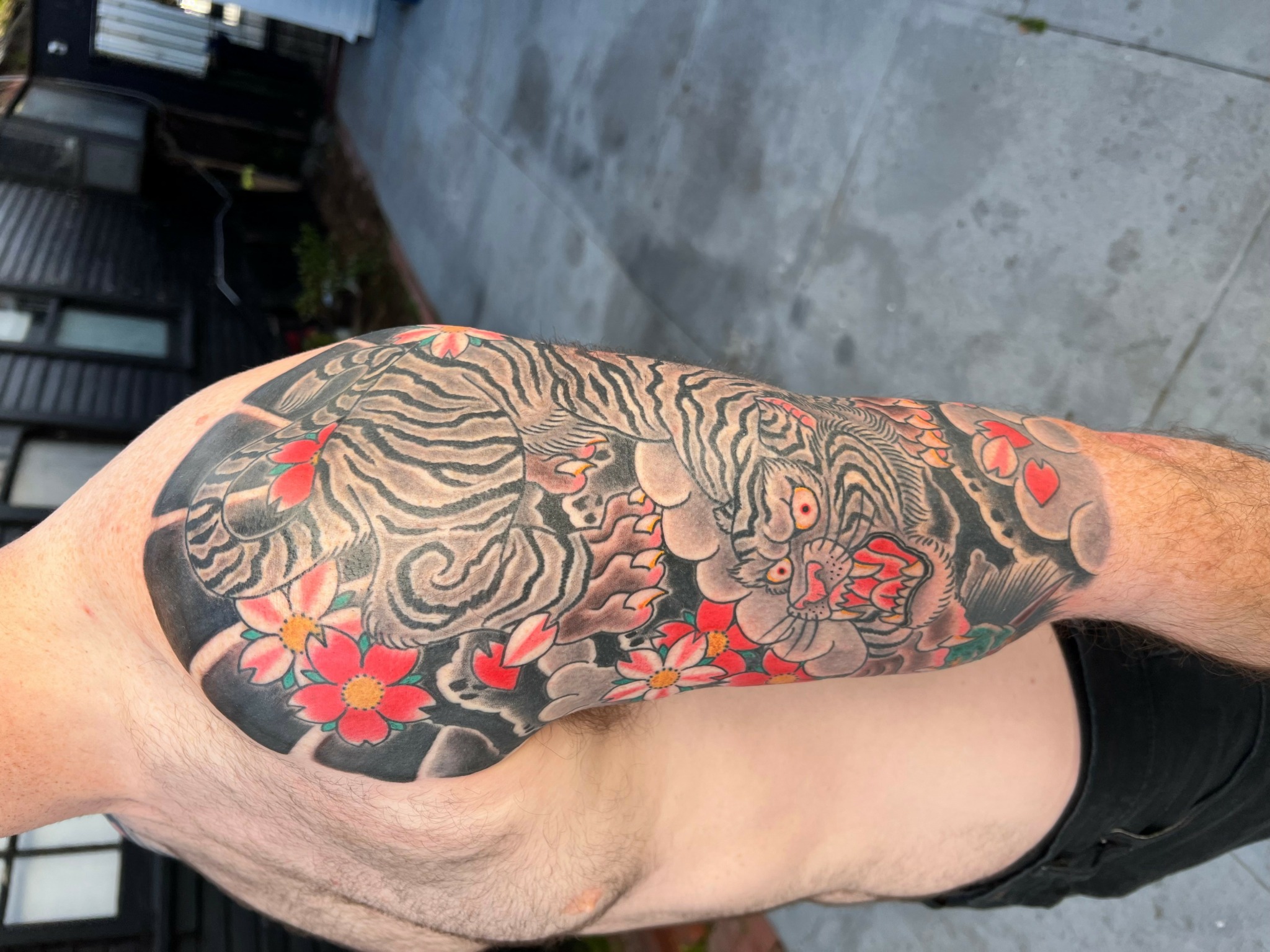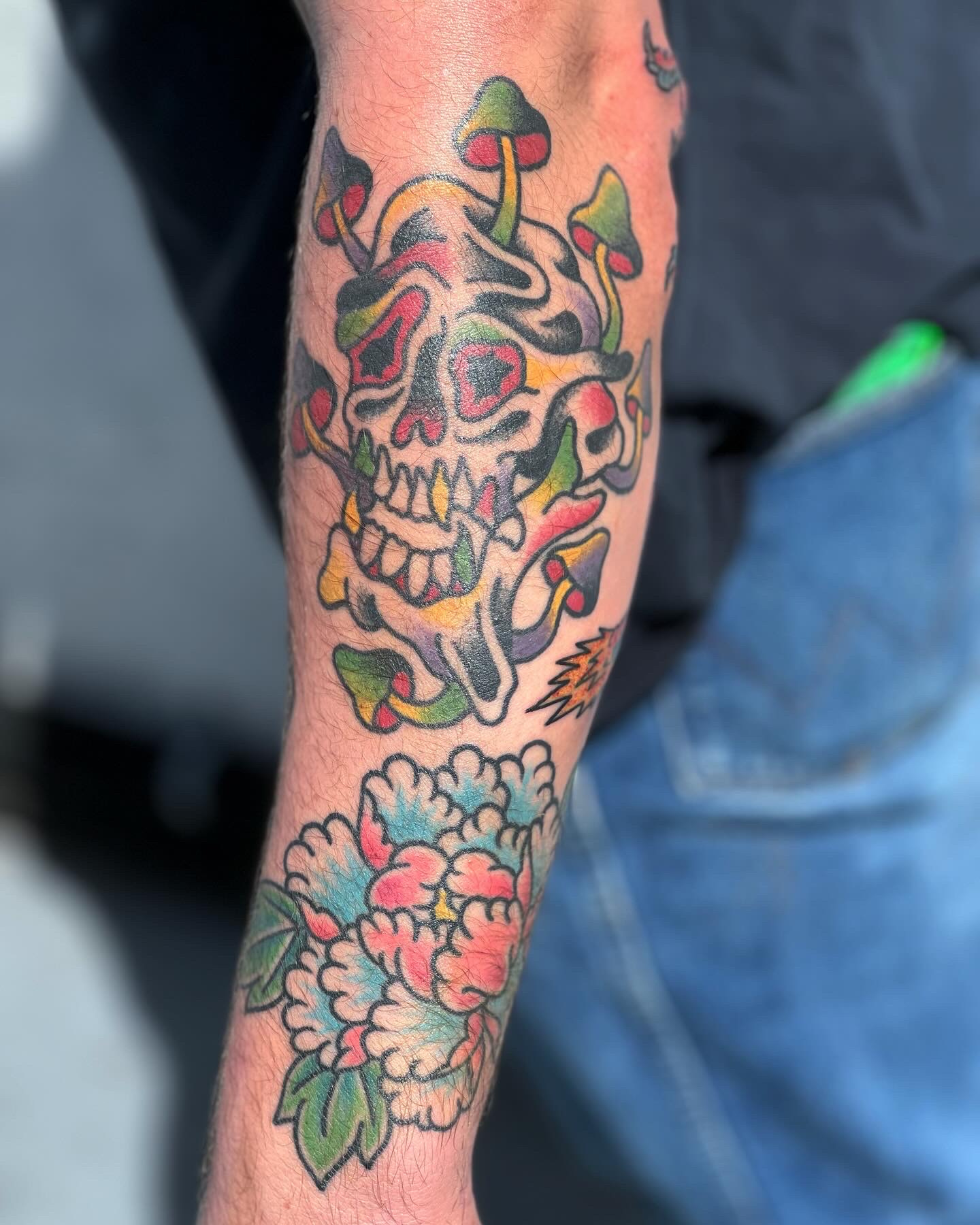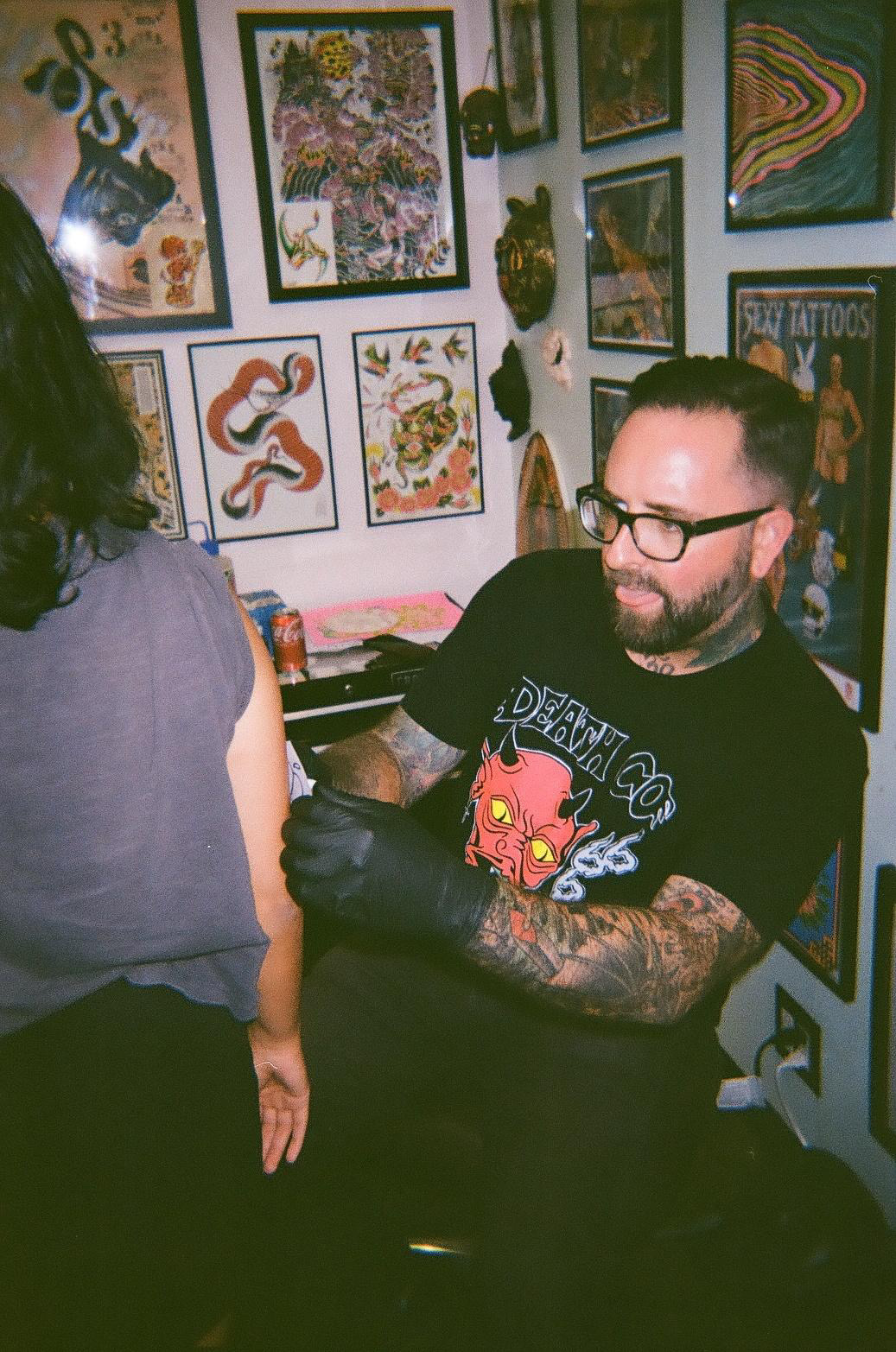Alright – so today we’ve got the honor of introducing you to Shawn Nutting. We think you’ll enjoy our conversation, we’ve shared it below.
Alright, Shawn thanks for taking the time to share your stories and insights with us today. Earning a full time living from one’s creative career can be incredibly difficult. Have you been able to do so and if so, can you share some of the key parts of your journey and any important advice or lessons that might help creatives who haven’t been able to yet?
Earning a full time living from tattooing has had its peaks and valleys over the years. When I started working at a tattoo shop I learned to pierce first and was making money off each piercing I did. At the time my personal overhead was very low and that allowed me to work full time at the tattoo shop and learn about tattooing while I did piercings for the first year. After I started tattooing I began to make more money than with piercing so I stopped the piercing job all together. Every year has been different as far as how much income I make and some years have been significantly worse than others depending on the economy. Tattooing like other art forms is a labor of love when it comes to a career. After the boom of documentary and competition style TV shows about tattooing the industry saw a huge increase in interest in tattooing and learning to tattoo. That was a double edged sword for the business as it helped increase the popularity but also saw an over saturation of newcomers to the industry, forcing established artists to rely on advertising and social media to attract new clients in a more competitive environment.
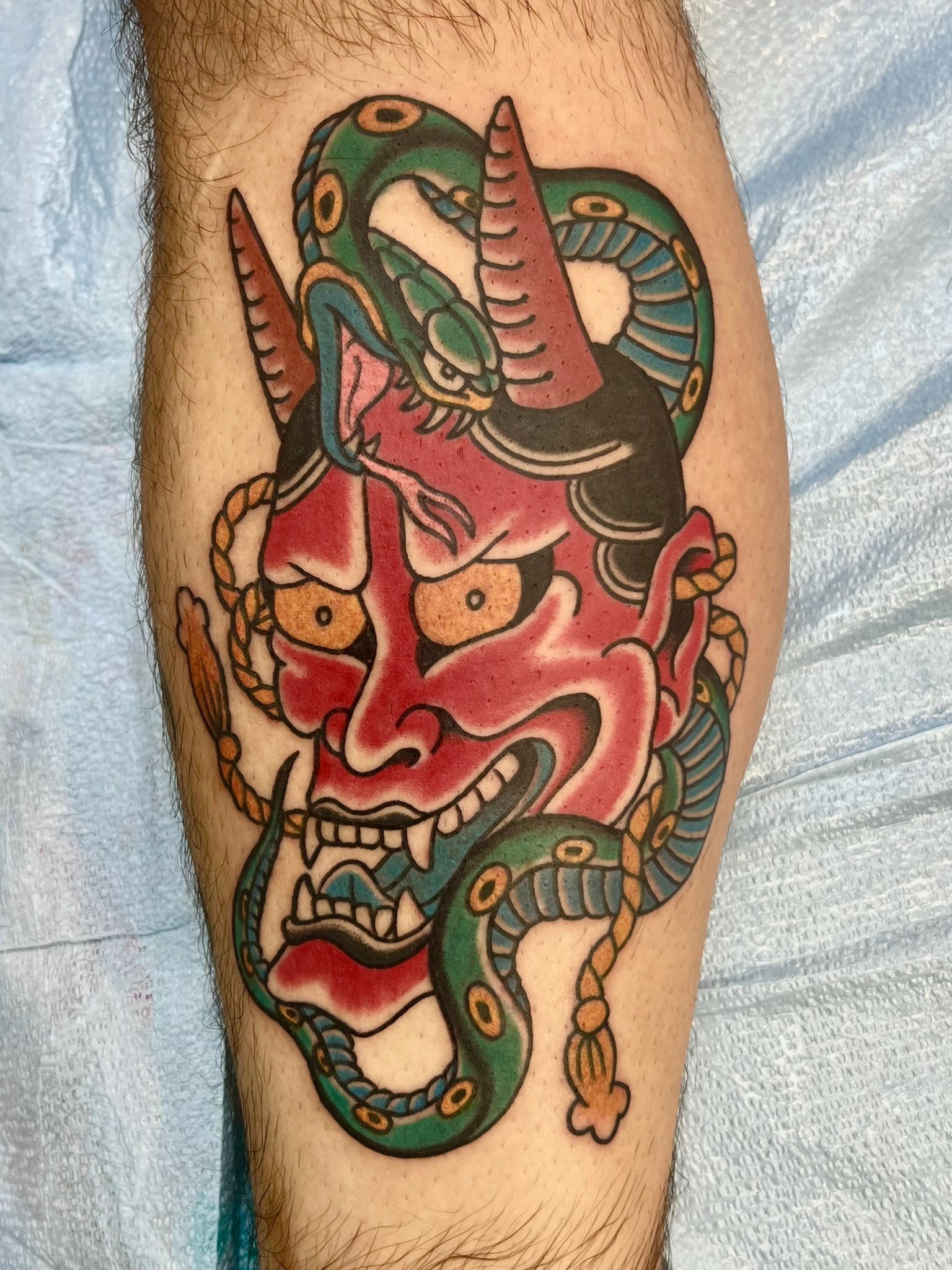
As always, we appreciate you sharing your insights and we’ve got a few more questions for you, but before we get to all of that can you take a minute to introduce yourself and give our readers some of your back background and context?
I started working in the tattoo industry in late 2005 in Tuscaloosa Alabama. Being in a small college town I was able to hone my skills on walk in clients consisting of students and local blue collar workers. Early on I was helping run the business and dealing with all types of clientele which was a great learning experience for my future in tattooing. Tattooing in a variety of styles helped hone my skills with various techniques and approach’s to each project as well as learning to work with each persons desires for the tattoo.
After years of working in various styles I became most interested in the classic traditional look and the simplicity of that style. I’ve learned that as tattoos age they take on a different look under the skin. A tattoo with less detail, less lines in the drawing and lots of contrast in the coloring allows it to keep its original look over the life of the tattoo. It’s no easy task to create a powerful design in its simplest form! Classic American and Japanese style tattoo designs are the best for this approach to longevity. I strive to make every tattoo with that in mind regardless of the style. My hope is to make tattoos that will look cool 15 to 20 years after the day they were made. Using black shading and a bold limited color palette is my normal approach to achieving that goal. I also try to incorporate clever ideas and timeless imagery into my designs whenever possible. Some of my favorite tattoos I’ve made consist of flowers, animals, skulls and mythological themes.
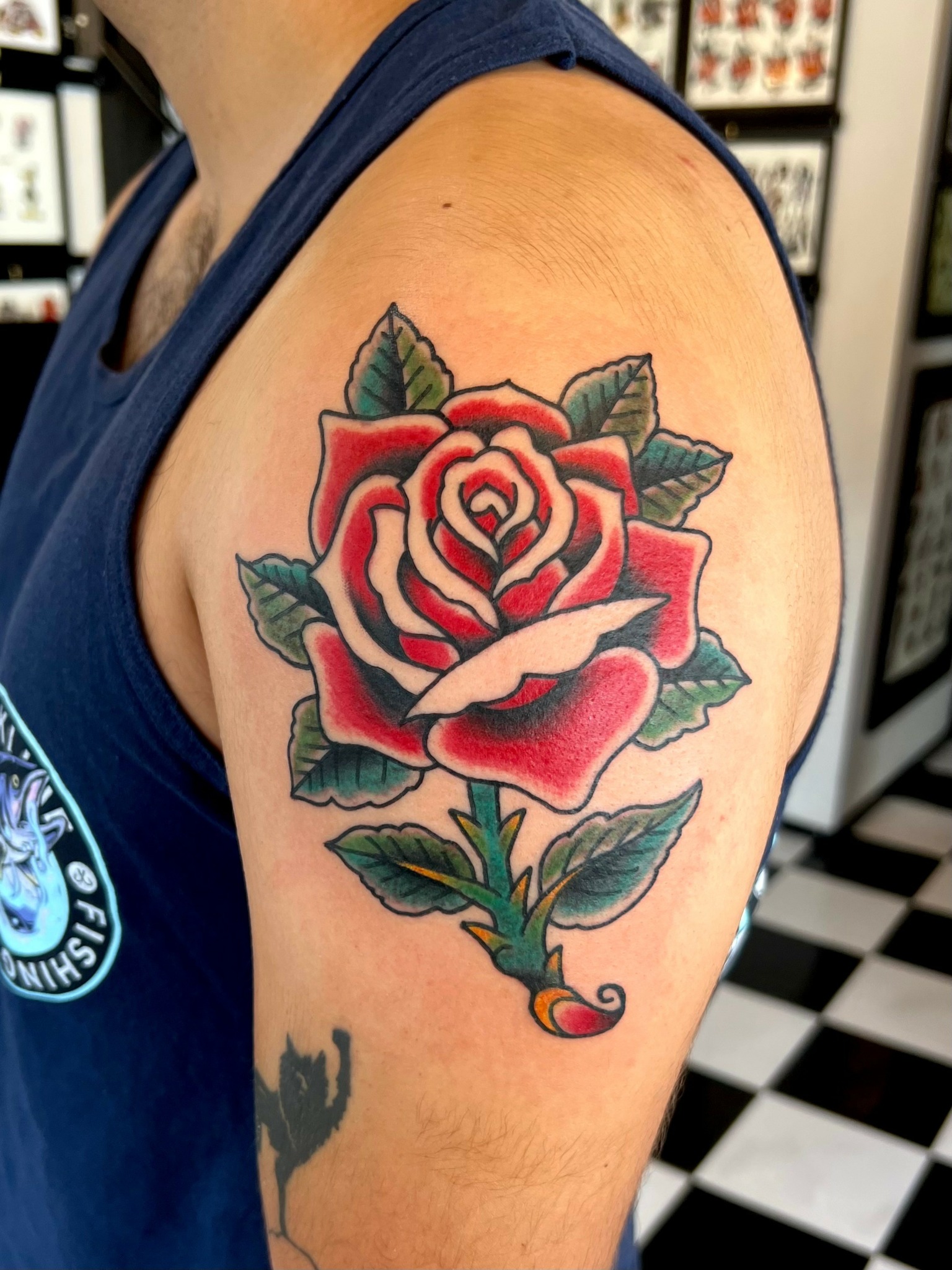
Can you share a story from your journey that illustrates your resilience?
I think having travelled the country and worked in various shops has made me more resilient over the years. After starting my career in Alabama I moved to Las Vegas and worked in a few different shops in 4 years of living there. During that time I started working at tattoo conventions in central and southern California. Learning to network and connect with like minded artists allowed me opportunities to work in other tattoo shops around the country as a guest artist. This helped me learn various skills and approaches to drawing and tattooing from more experienced artists who already knew and were willing to share the knowledge. After my time in Las Vegas I moved to Cleveland, Ohio and started meeting tattooers from the midwest and east coast. That opened up more opportunities to travel to new conventions and tattoo shops to work as a guest. Eventually I moved to Los Angeles which was uncharted territory for my tattoo career but I was able to find a steady shop to start over and build a new clientele. There’s no doubt that all of these experiences over the years has made me the resilient tattooer I am today.
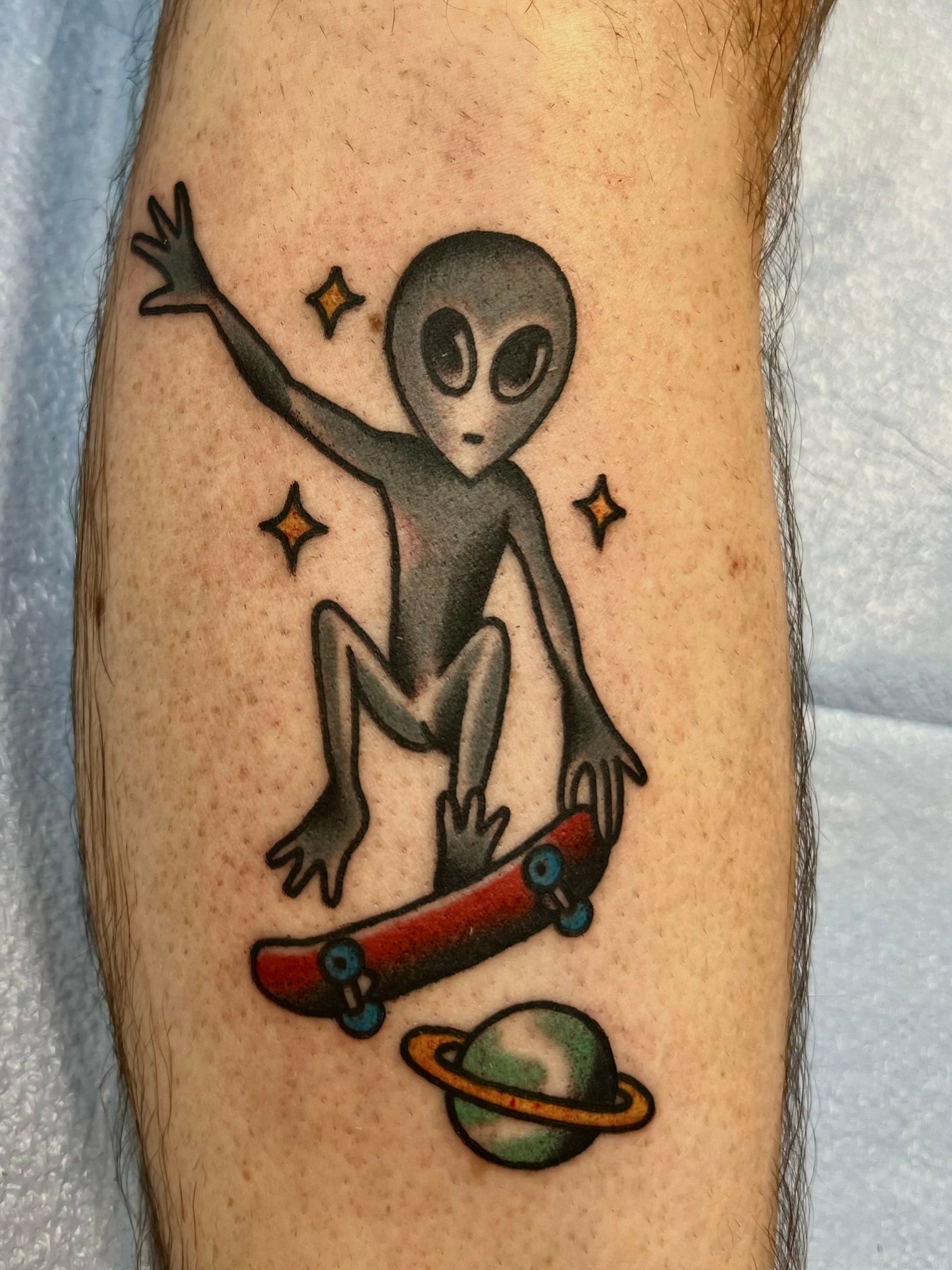
In your view, what can society to do to best support artists, creatives and a thriving creative ecosystem?
I think that society can help support the arts by getting tattooed and helping spread the word about their favorite tattoo artists. Sharing images and stories on social media, positive online reviews and word of mouth are the best and easiest way to help their artist get exposure and reach new potential clients that would appreciate their style .
Contact Info:
- Website: https://Chonta2.com
- Instagram: Chon_ta2
